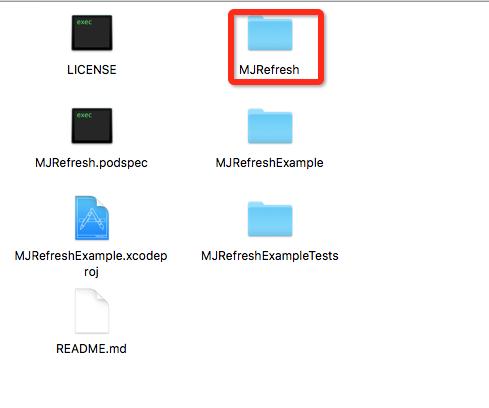ios程序中捕獲異常退出信息,並提交服務器
編輯:IOS開發綜合
可以通過寫一個類CrashExceptioinCatcher,在類中定義一個靜態方法startCrashExceptionCatch, 方法裡調NSSetUncaughtExceptionHandler(&uncaughtExceptionHandler);
綁定void uncaughtExceptionHandler(NSException *exception)方法處理異常信息,在void uncaughtExceptionHandler(NSException *exception)裡將異常打印出來,並附帶上設備信息提交至服務器,這樣在測試時候能夠比較有效的收集異常信息。
頭文件
#import@interface CrashExceptioinCatcher : NSObject + (void)startCrashExceptionCatch; @end
實現文件
#import "CrashExceptioinCatcher.h"
// 提交異常Log信息
void uncaughtExceptionHandler(NSException *exception) {
// 異常Log信息
NSString *logInfo = [NSString stringWithFormat:@"Crash:\n%@\nStack Trace:\n%@\n",
[exception description], [exception callStackSymbols]];
NSLog(@"%@", logInfo);
// TODO: 提交服務器收集
// ....
}
@implementation CrashExceptioinCatcher
+ (void)startCrashExceptionCatch
{
// Sets the top-level error-handling function where you can perform last-minute logging before the program terminates.
NSSetUncaughtExceptionHandler(&uncaughtExceptionHandler); //設置異常Log信息的處理
}
@end
使用方法:
- (BOOL)application:(UIApplication *)application didFinishLaunchingWithOptions:(NSDictionary *)launchOptions
{
[CrashExceptioinCatcher startCrashExceptionCatch];
// .................
}
參考:http://arthurchen.blog.51cto.com/2483760/734175
相關文章
+



